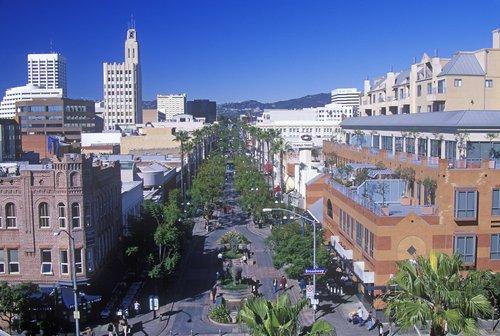Engaging Residents Helps Build Vibrant Communities
Everybody wants a healthy, vibrant community to call home. Inclusive land-use planning may help cities achieve this goal and address common annoyances such as long commutes, traffic congestion and poor air quality. The Institute for Local Government (ILG) has released a new resource for local officials and staff to use when talking to their communities about land-use planning. Building Healthy and Vibrant Communities: Achieving Results Through Community Engagement (www.ca-ilg.org/vibrantcommunities) presents an overview of land-use planning, who is involved, why community engagement matters and ways to participate.
How to Use This Resource
Land-use planning is a complex topic with broad implications for our communities, yet it can be difficult to explain to residents. This resource is designed to help officials and staff do just that — it’s a tool that uses clear language and simple graphics to explain what land-use planning is, how the process typically works and ways that your community can be involved.
Why Community Engagement Matters
Public engagement processes can take time and scarce resources to implement effectively. Such processes are not always appropriate in all situations. However, there are many practical reasons to engage residents in planning, including:
- Clearer identification of what the public values;
- Increased civility;
- Reduced risk of legal challenges;
- Faster, more streamlined project implementation;
- Better-informed residents;
- Improved decision-making; and
- Higher rates of community participation and leadership development.
A more informed and engaged public can make your job easier and generate more understanding of and support for the final decisions reached by local elected officials. Participation helps generate ownership. Involved residents who have participated in shaping a proposed policy, project or program will better understand the issue and the reasons for the decisions.
A Tip for Local Officials
“Involve the public early in the front end of designing a public process, and be open to what the public wants to do. If you go in with a preconceived vision of what you want out of it, people will sense that and get angry. Involving the public in a planning process builds credibility and support for changes that are implemented.” — Rod Gould, former city manager, City of Santa Monica
Additional Information
Engaging the Public in Planning, Housing & Sustainability
The Basics of
Public Engagement
SB 375
Resource Center
Understanding the Basics of Land Use and Planning
Photo credit: American Spirit/Shutterstock.com
This article appears in the March 2015 issue of
Western City
Did you like what you read here? Subscribe to Western City

